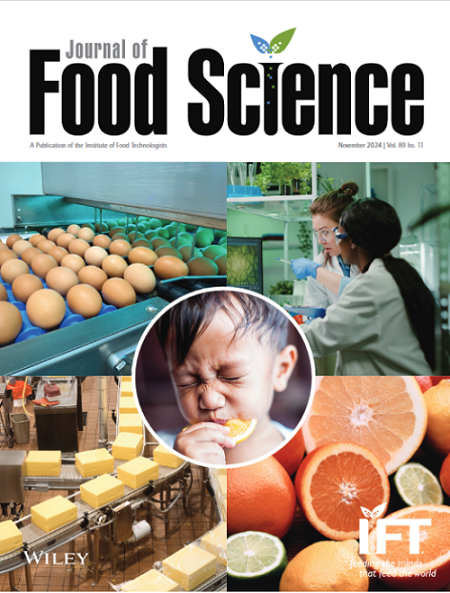Ginseng and its processed products are valued as health foods for their nutritional benefits. The traditional forms of processed ginseng include white ginseng, dali ginseng (DLG), red ginseng (RG), and black ginseng (BG). However, the impact of processing on the chemical composition and anti-tumor efficacy of these products is not well understood. This study quantified total saponins, polysaccharides, and protein levels in both raw and processed ginseng. It also involved measuring 12 monomeric ginsenosides (GS) utilizing high-performance liquid chromatography (HPLC), identifying ginsenoside compounds, and searching for differential compounds using UPLC-Q-Orbitrap-MS (where MS is mass spectrometry), as well as assessing their anti-tumor effects through CCK-8 assays. The findings revealed notable differences in the contents of total saponins, proteins, and polysaccharides between raw ginseng and its processed counterparts. HPLC results showed changes in the types and concentrations of GS after processing; MS analysis identified a total of 39 monomeric ginsenoside compounds, with Rk3 uniquely present in BG. Anti-tumor tests demonstrated that both raw and processed ginseng effectively inhibited the growth of various tumor cell lines. Specifically, BG exhibited the strongest inhibitory effect on A549 cells, while RG was most effective against HeLa, HepG2, and HT-29 cells. These findings highlight significant differences in chemical profiles and anti-cancer activities due to processing methods applied to ginseng. They also provide a foundational reference for establishing quality standards for ginseng products and support advancements in the food industry related to ginseng.
The chemical composition of ginseng and its processed products varies significantly. Both black ginseng (BG) and red ginseng (RG) exhibit unique profiles of ginsenosides (GS). These research findings can assist enterprises in selecting appropriate raw materials for white ginseng, dali ginseng, RG, and BG, and enable targeted extraction of desired GS through the choice of specific processed products.


